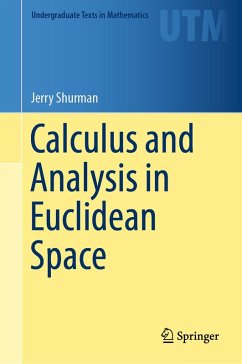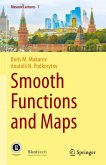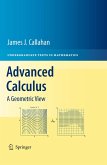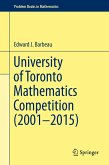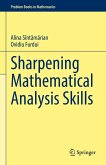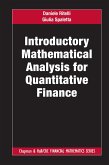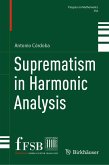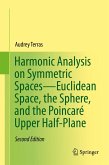The writing in this book aims to convey the intent of ideas early in discussion. The narrative proceeds through figures, formulas, and text, guiding the reader to do mathematics resourcefully by marshaling the skills of
- geometric intuition (the visual cortex being quickly instinctive)
- algebraic manipulation (symbol-patterns being precise and robust)
- incisive use of natural language (slogans that encapsulate central ideas enabling a large-scale grasp of the subject).
Thinking in these ways renders mathematics coherent, inevitable, and fluid.
The prerequisite is single-variable calculus, including familiarity with the foundational theorems and some experience with proofs.
Dieser Download kann aus rechtlichen Gründen nur mit Rechnungsadresse in A, B, BG, CY, CZ, D, DK, EW, E, FIN, F, GR, HR, H, IRL, I, LT, L, LR, M, NL, PL, P, R, S, SLO, SK ausgeliefert werden.
"The author's writing style is clear and easy to follow, but, more than that, it is exceptionally well-motivated and contains some useful pedagogical ideas. In addition, throughout the book, the author notes issues that are likely to cause trouble to beginning students, and takes the time and effort to single them out and discuss them thoroughly. There are lots of exercises, many of them quiteilluminating. ... It is highly recommended." (Mark Hunacek, MAA Reviews, maa.org, March, 2017)
"This book contains a clear and well-planned lecture discussing the most important issues of differential and integral calculus. ... The big advantage of this book are nice, transparent and often colourful drawings illustrating some considerations. A nice complement to mathematical statements are explanations and comments." (Ryszard Pawlak, zbMATH 1357.26002, 2017)

